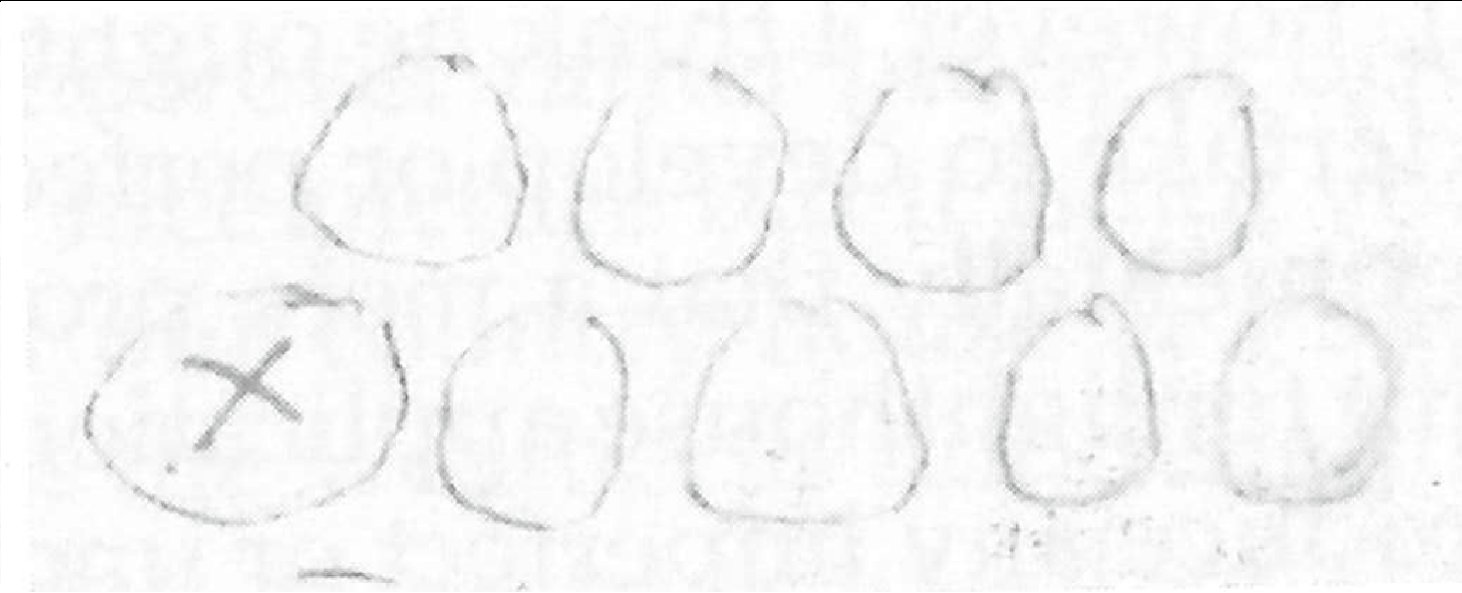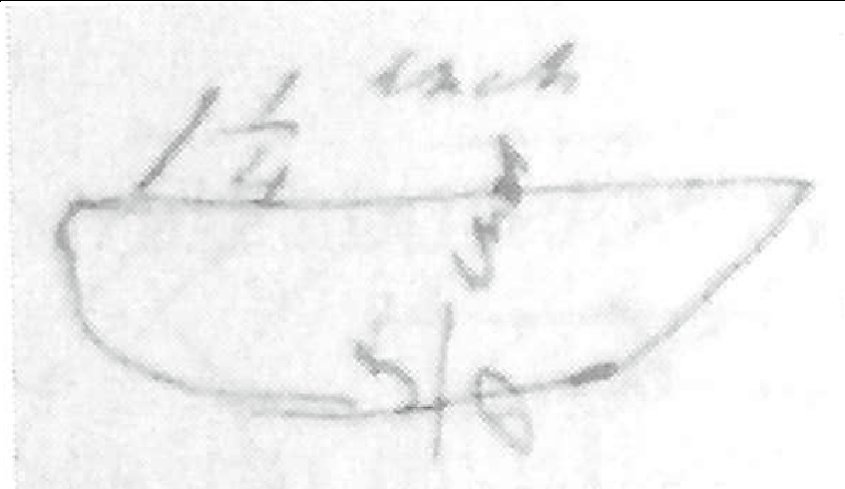Faraday to George Wallace1 13 October 1863
21 Albemarle Street. London | Royal Institution | 13 Octr. 1863
Sir
I write to you on the part of the Trinity House, in relation to the extinction of eight out of the nine lamps in the lower Lundy light on the ? day of ? last at about ? oclk in the Evening. Will you have the goodness to put in answers to the following enquiries as nearly as you can & send this paper so completed to me at the above address2.
Why do you think the lightning put out the lamps? [The lamps have never being put before and a strong flash of lightening about the time]
At what hour did you see the lamps burning properly? [9-20 PM] At what hour did you find them out? [10-30 PM] At what hour was the flash of lightning? [about 10]
Are there any other signs of the house being struck than the extinction of the lamps? [None whatever]
Was there rain at the time? [Showery] Was the outside of the tower very wet? [Yes]
Is there any metal rain pipe from the top to the bottom of the tower? [No; a Lead Pipe from the Low Light roof to the bottom]
Which lamp was left burning?

Does the lightning conductor come down the inside of the tower? [Yes as far as the Low Light then through the tower into the Low Light]
Is it connected (metallically) with the stove in the upper lanthorn? [No]
Is it connected with the metal frame works of the lamps & reflectors in the lower lanthorn? [With two of the Standards of the Frame]
Is it well connected with the ground? [Yes]
What metal is it? [Copper]
What shape and thickness has it?

What is the diameter of the ventilation pipefrom the lower lamps? [5 inches]
I think the short pipe that goes from the collector of the several pipes on the lower lanthorn into the long pipe is less in diameter - is that so? [Yes]
What is the width of the opening between the two? [⅞ inches]
Are they fastened together there by metal or are they quite free one from the other? not touching [quite clear of each other]
Is there any deflecting plate over the top of the lower smaller tube, such as I
have marked in red, or is the way up quite open & clear?
 [quite open and clear]
[quite open and clear]
The ventilating pipes are I suppose hot in the lower lanthorn [Yes] Is the larger pipe hot in the tower and how far up does the warmth continue when the lamps have been burning an hour or two? [it varies] Does the warmth reach up to the upper lanthorn? [very seldom]
[X] According to a drawing I have seen, the ventilating pipe goes across the tower under one of the floors, which is curved. Is there a descent all the way across? - or is the middle part so high, that water running down the inside cannot get back there? [No water can lodge, it has a slight descent]
The ventilating pipes go through holes in the reflectors over the lamps. Are they so near the edges of these holes that part of the lightning might pass there? [Several] Are there any signs of such passage on the silvered surface of the reflectors? [None whatever]
Have you any thing else to tell me that may explain this matter or help? If you have please let me know.
I am | Yours Very Truly | M. Faraday
Mr Wallace | Light Keeper | Lundy Light | Clovelly Bideford
[Sir
I have nothing to add to the above questions only to remark that in the question marked X the pipe follows the Tower wall underneath the floor, (with the circumference of the Tower not across the Diameter) and it has a slight descent, Mr Douglass having been here has got correct plans of the whole Establishment and has kindly looked over the conductors so as to give you every explanation[.]
I remain Sir | Your humble obedient Servant | Geo Wallace]
Please cite as “Faraday4377,” in Ɛpsilon: The Michael Faraday Collection accessed on 29 April 2024, https://epsilon.ac.uk/view/faraday/letters/Faraday4377